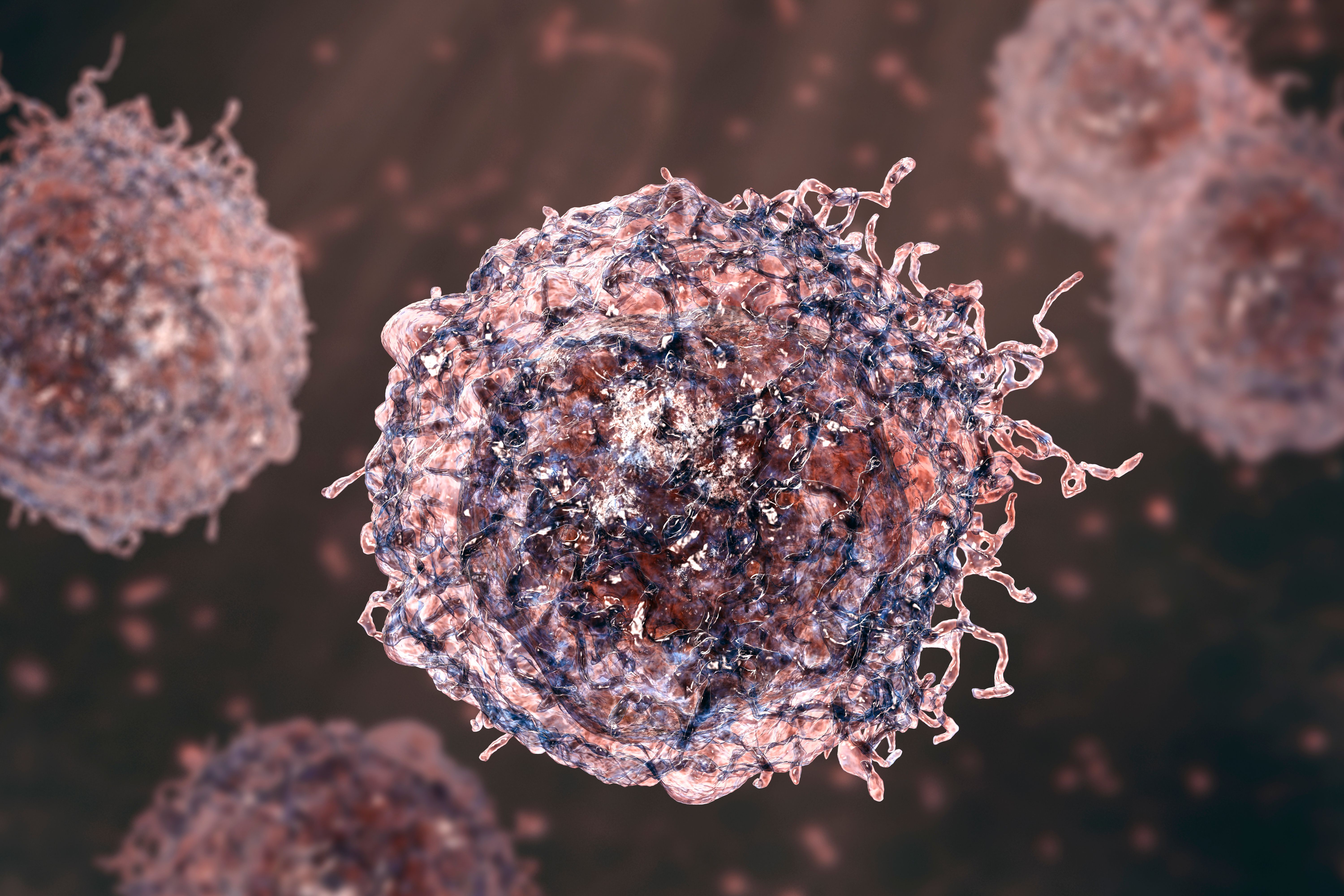- Center on Health Equity & Access
- Clinical
- Health Care Cost
- Health Care Delivery
- Insurance
- Policy
- Technology
- Value-Based Care
SEER Stage, Chemotherapy Status Impact Overall, Cancer Survival in Synovial Sarcomas
The probability of overall survival after 1, 5, and 10 years was predicted by a nomogram model, which found that worse Surveillance, Epidemiology, and End Results (SEER) stage was associated with worse outcomes.
A nomogram model was able to predict overall survival (OS) after 1, 5, and 10 years in patients with soft tissue sarcoma (STS), with the model finding that chemotherapy and worse Surveillance, Epidemiology, and End Results (SEER) stage were associated with poorer overall and cancer-specific survivals. According to the study published in Translational Pediatrics,1 the nomogram model also had good consistency with the observed outcomes.
STS is a rare type of cancer that forms in a body’s soft tissues, which connect and support other body structures; STS can form anywhere in the body.2 Synovial sarcomas (SSs) make up between 5% and 10% of STS diagnoses. SSs usually affects teenagers and young adults and is defined as a STS that has unclear differentiation. Survival in SS is hard to calculate due to the low morbidity. This study looked into understanding and treating the population with this condition by examining prognostic and epidemiological data in the SEER database.
Worse SEER stage was associated with poorer overall survival in children with STS | Image credit: Dr_Mircobe - stock.adobe.com

The SEER program database used for this study was the “SEER research plus data, Nov. 2020 Sub (2000-2018)” program that included patients from the United States. Patients were included if they had diagnosed SS, were diagnosed between 2000 and 2018, had clinical information in its entirety, were aged less than 19 years, had complete follow-up data, and had a sole primary malignant tumor. Characteristics explored in this study included age at diagnosis, race, sex, cancer-directed surgery, chemotherapy, radiation, SEER stage, and primary site. Overall survival was the endpoint of interest.
A total of 130 patients were included in the study: 69 girls, 61 boys, and 68 children who were aged 15 to 19 years. A total of 98 patients identified as White, 22 identified as Black, and 10 identified as other races. The OS of the patients was 76.92% through follow-up.
Overall survival in children with SS was significantly associated with age (P = .01), primary tumor site (P = .02), chemotherapy (P < .01), sex (P = .04), SEER stage (P < .01), and surgery performed (P = .03). Race (P = .60), laterality (P = .66), and radiation (P = .49) did not affect overall survival in patients with SS. Poor prognoses were seen in patients who were male, had chemotherapy, had distant disease as defined by SEER stage, and had primary SS not affecting soft tissues when evaluating it in a univariate analysis.
A nomogram to forecast OS was formed by combining all clinicopathological criteria, with an accuracy of 0.852. The model was found to demonstrate predictive capacity and could predict overall survival over 1, 5, and 10 years because of the net advantages included.
There were some limitations to this study. This study had a retrospective design, which could have prevented more data from being gleaned. The statistical analysis didn’t include all patients due to incomplete data. Information on demographics and diseases were left out. Documentation did not exist for preoperative and postoperative therapy, and the study also had a small sample size.
The researchers concluded that a worse SEER stage, male gender, non-soft tissue localization, and being less than 5 years of age at the time of diagnosis were all associated with a worse prognosis in children with SS.
References
- Zhu D, Zheng W, Zhu Z, Chen F, Wang X, et al. Epidemiology, incidence, and survival of synovial sarcoma of children: a SEER database analysis. Transl Pediatr. 2024;13(7):1179-1189. doi:10.21037/tp-24-59
- Mayo Clinic Staff. Soft tissue sarcoma. Mayo Clinic. April 27, 2023. Accessed August 28, 2024. https://www.mayoclinic.org/diseases-conditions/soft-tissue-sarcoma/symptoms-causes/syc-20377725
Case Study Highlights Diagnostic Challenges in Rare Soft Tissue Tumor
October 28th 2025Synovial sarcoma—a rare, aggressive soft tissue cancer—can present as a painless hand swelling that mimics a harmless lesion, underscoring the need for early recognition and improved diagnostic access in low-resource settings.
Read More
